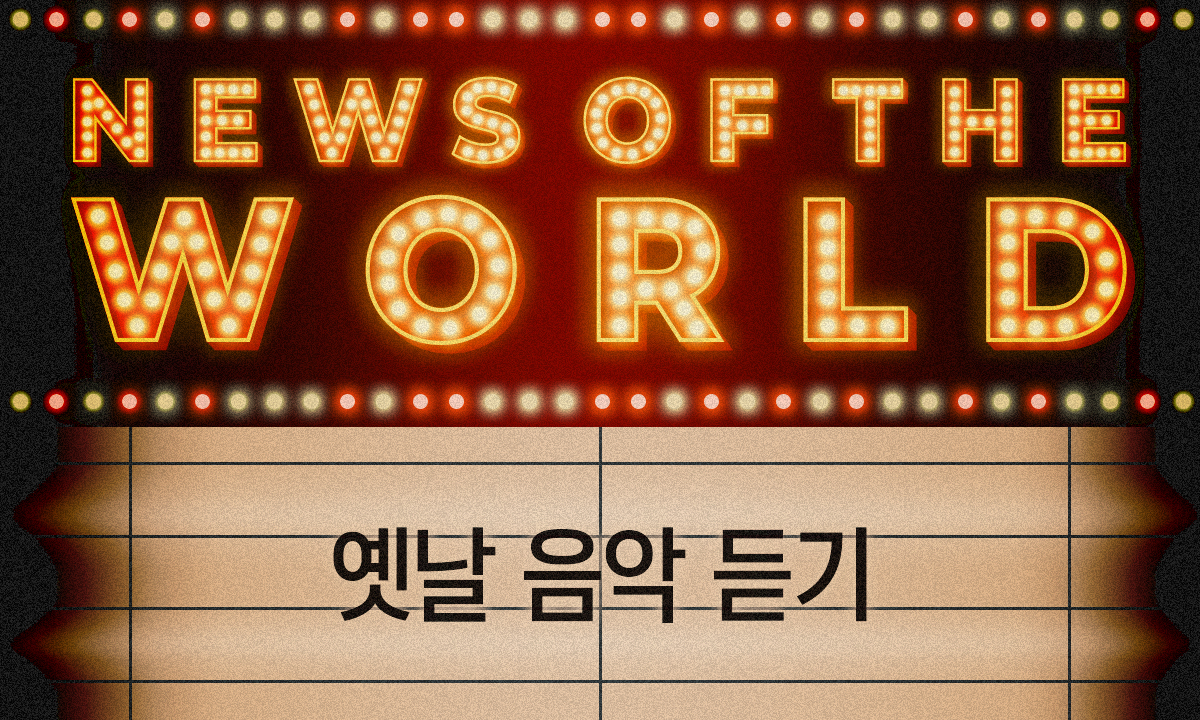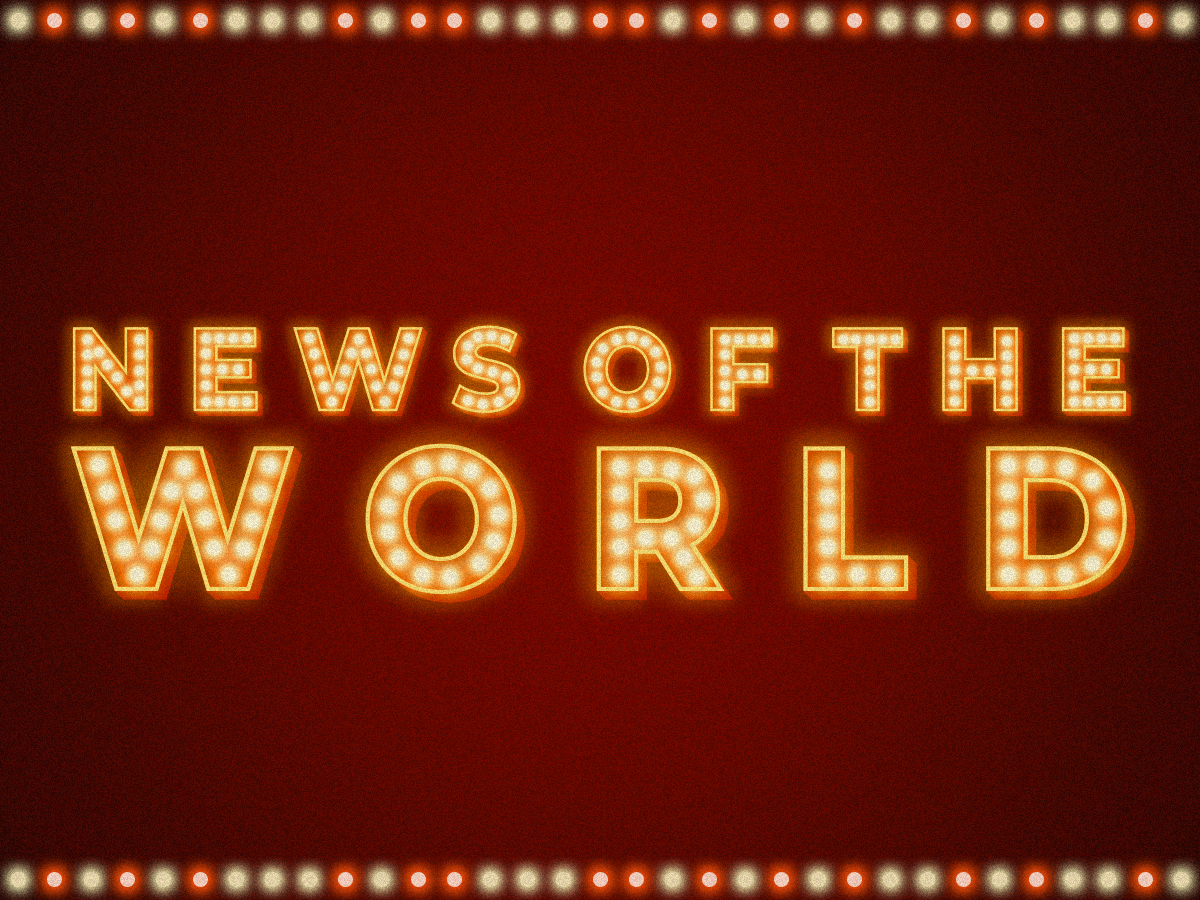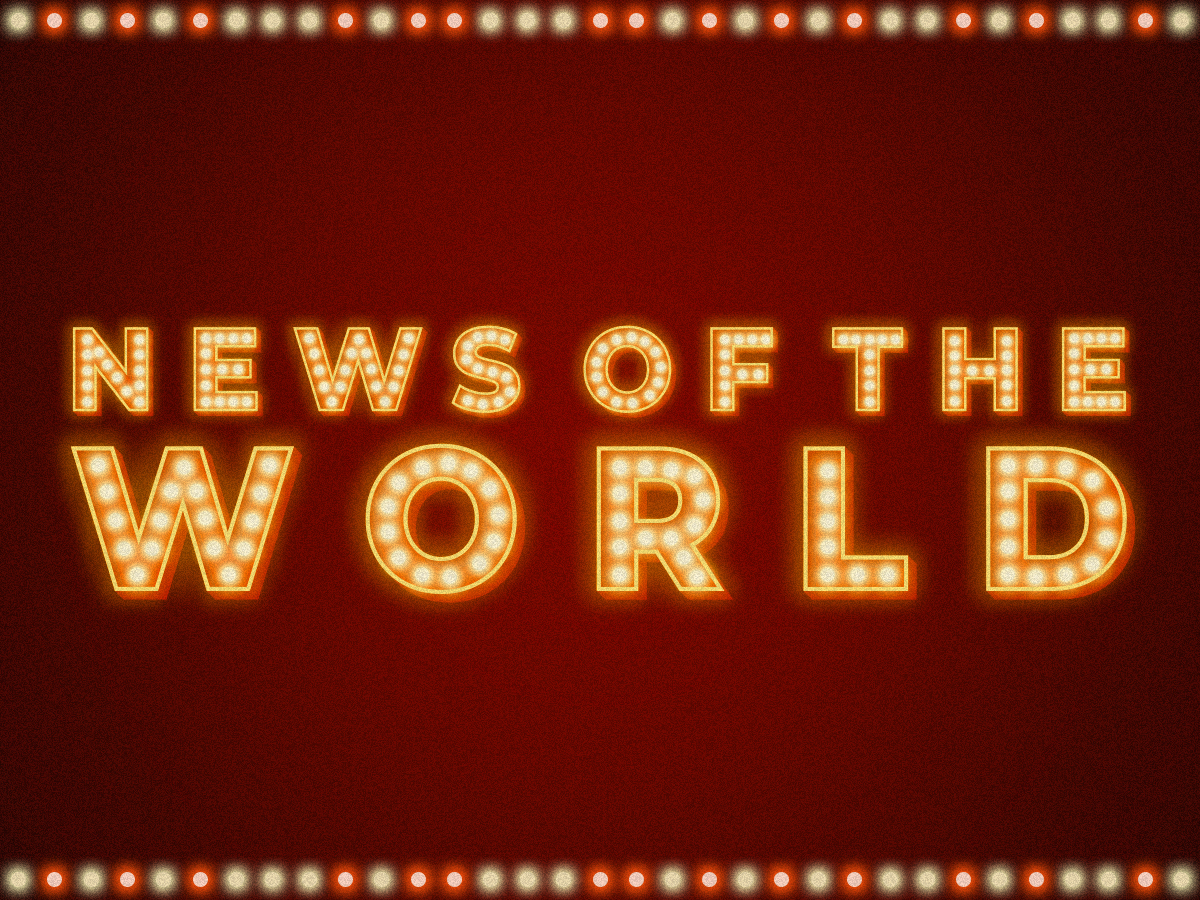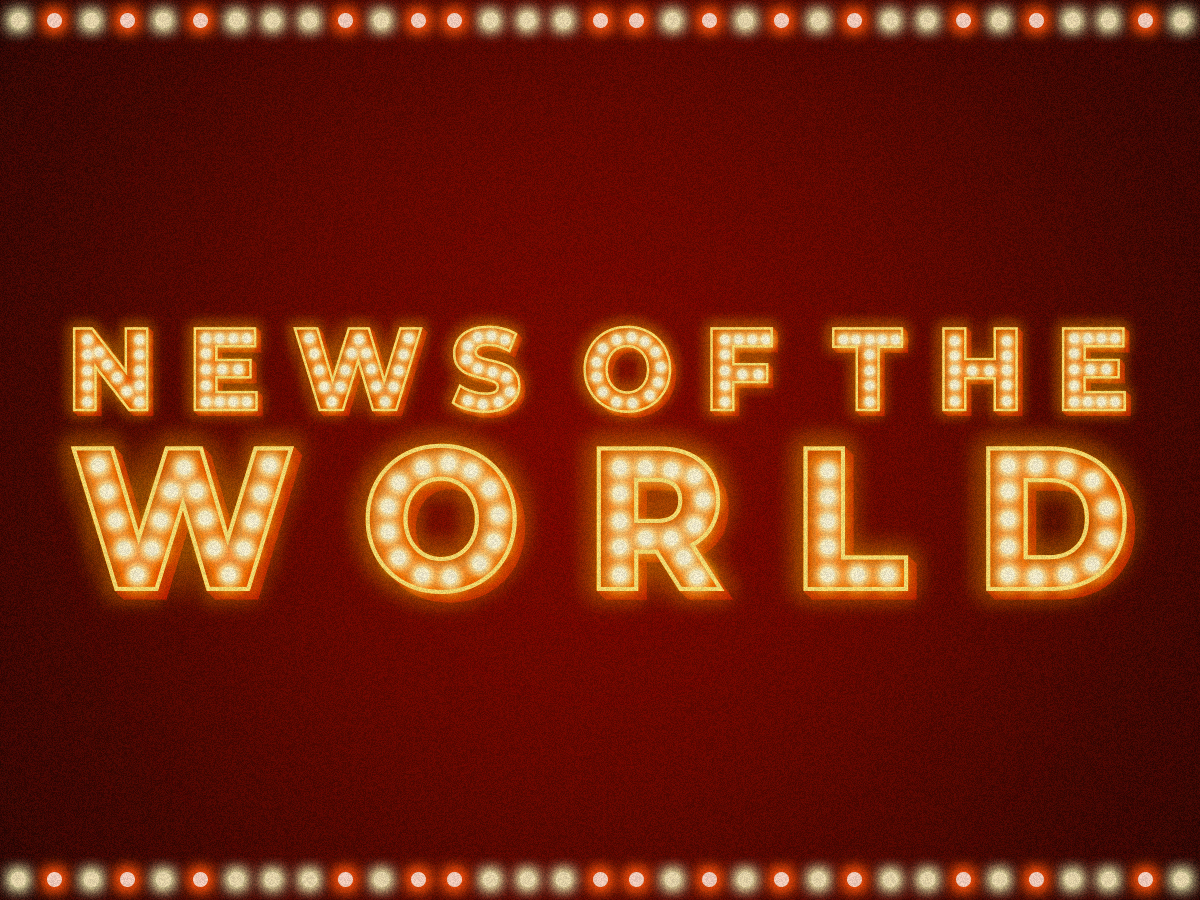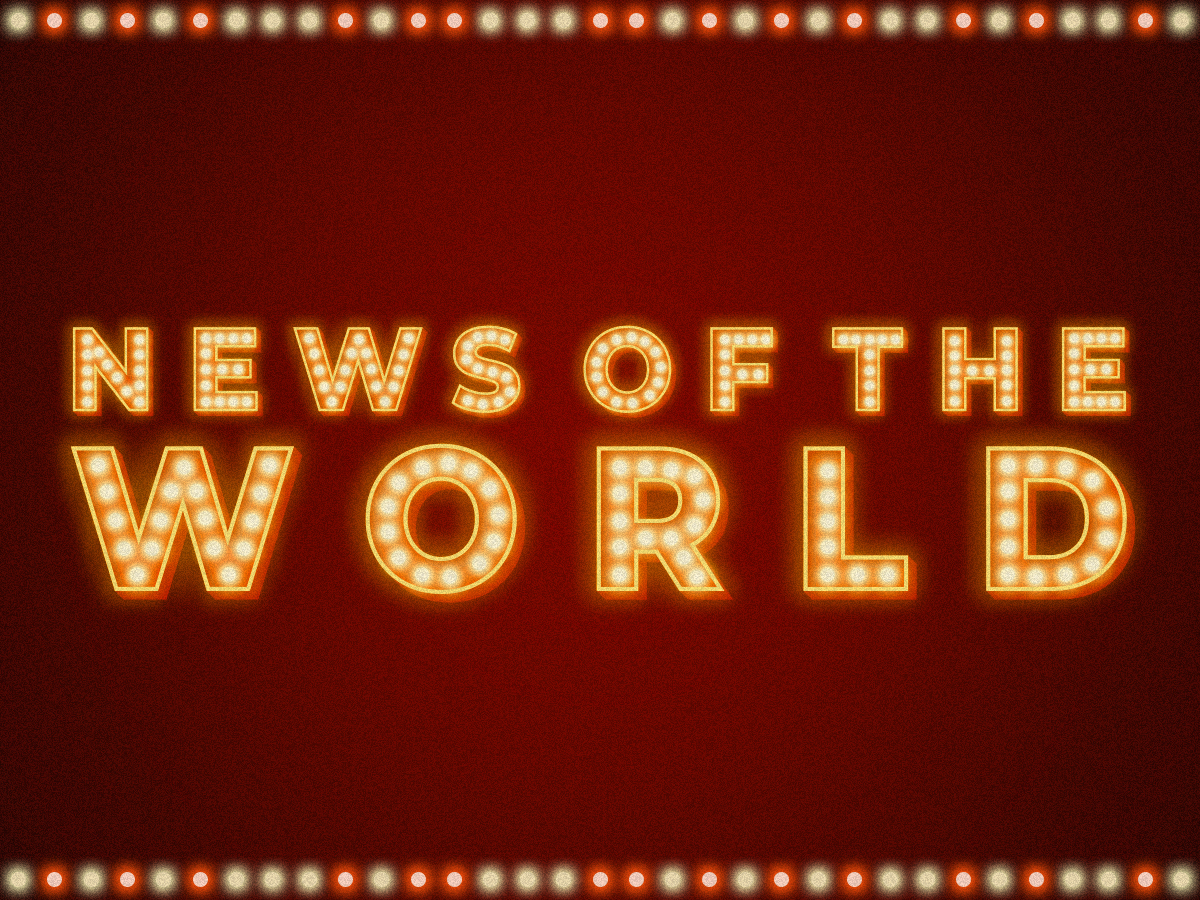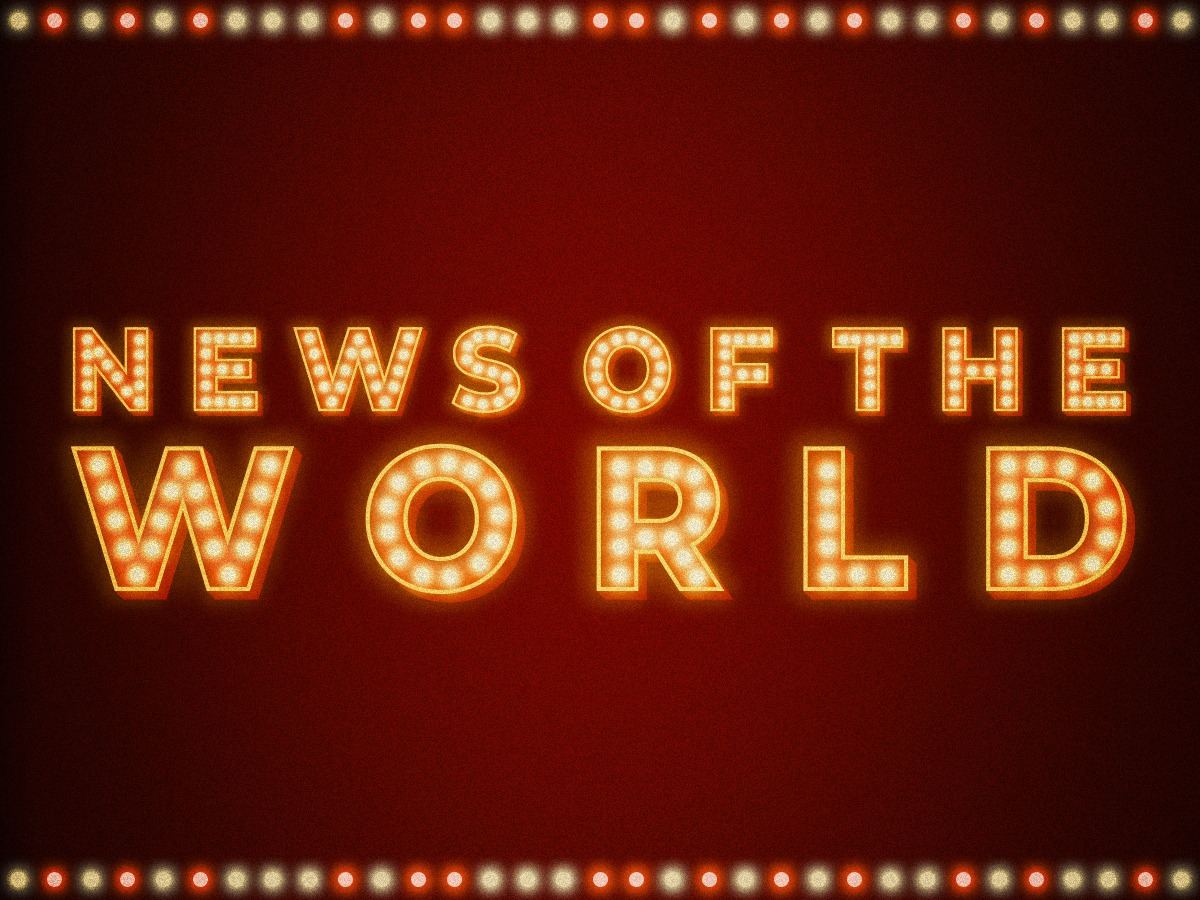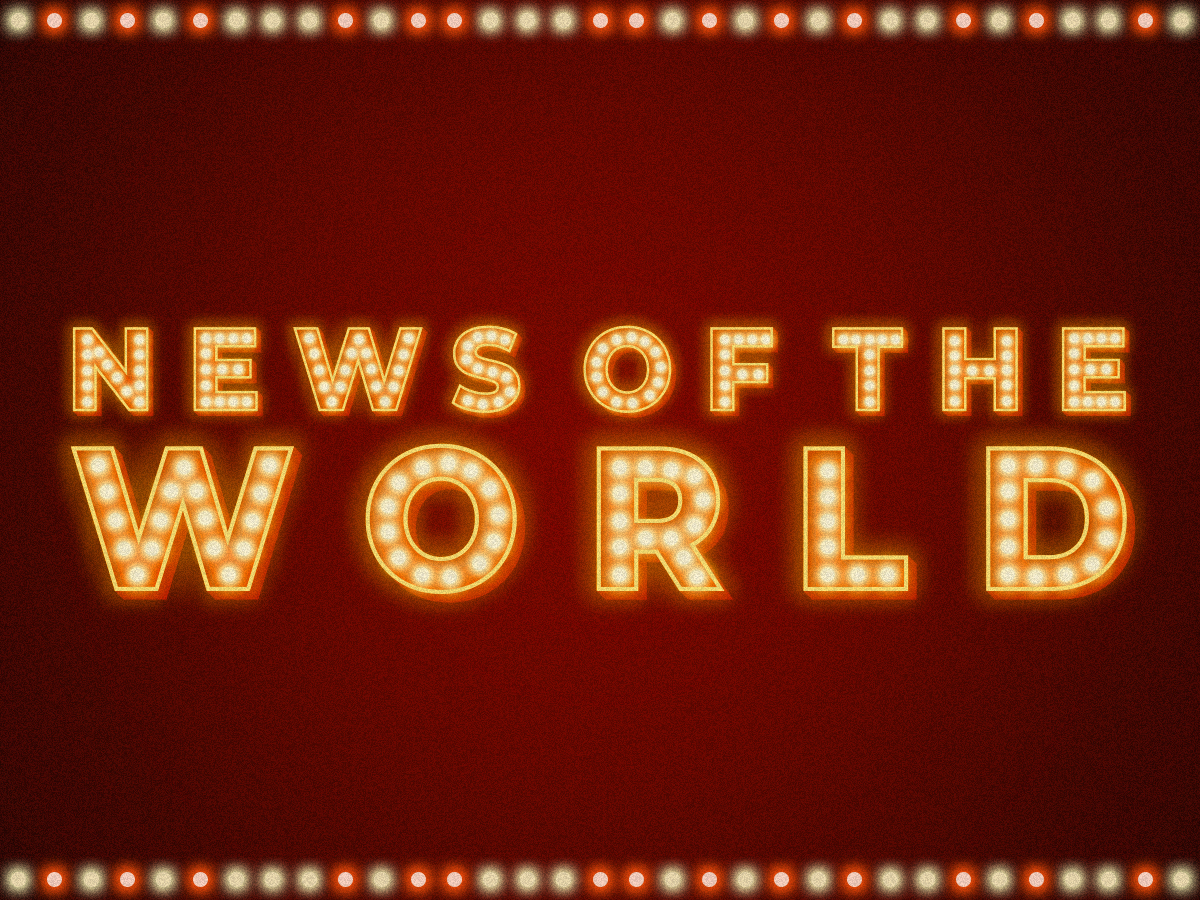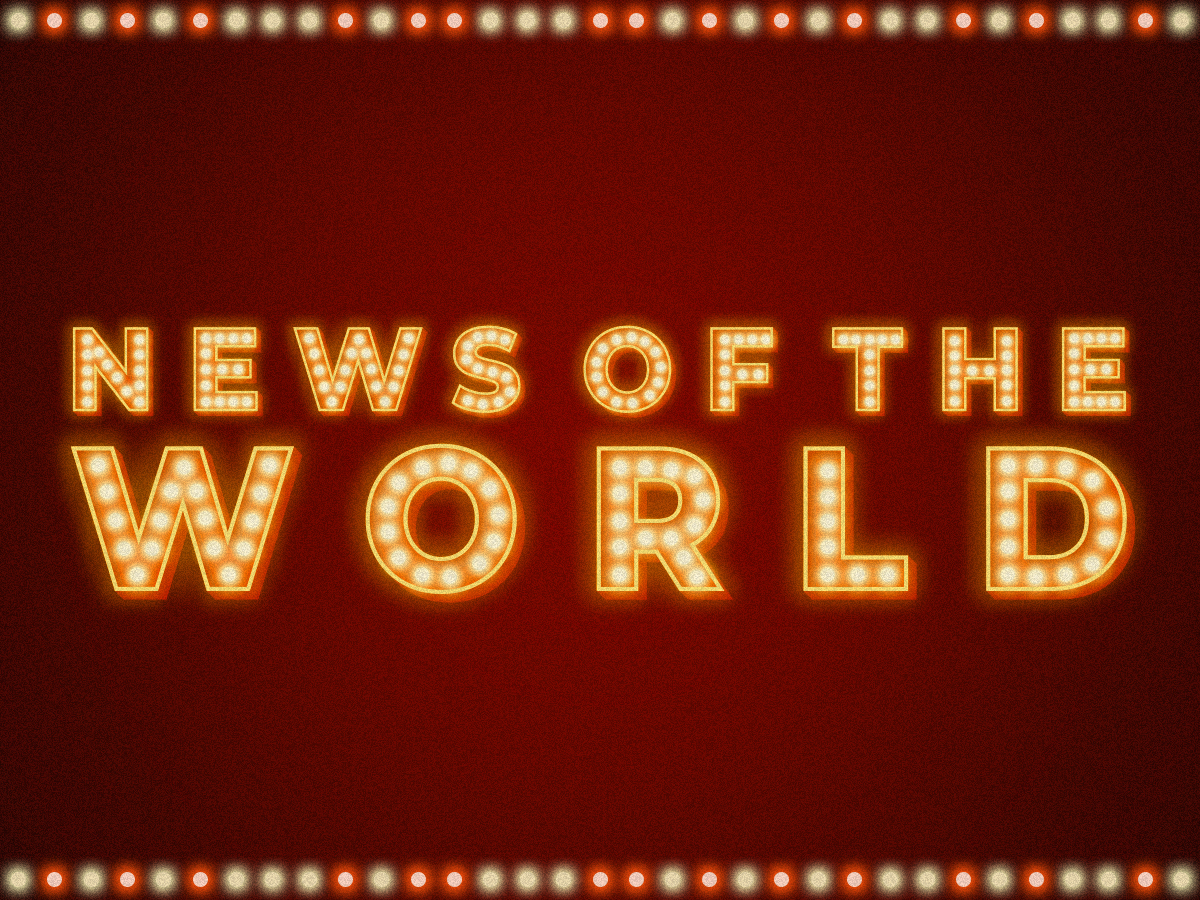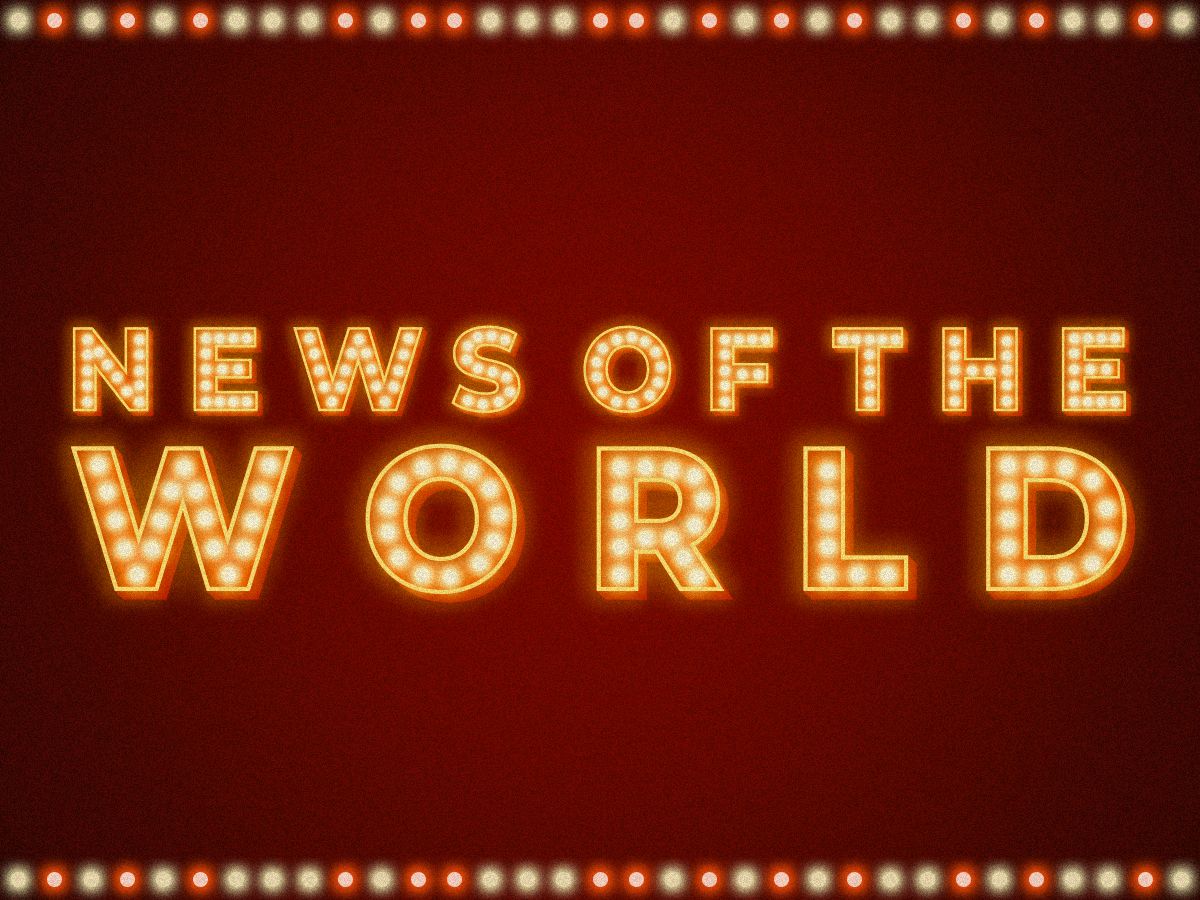It’s widely known now that the album sales rankings on the Billboard 200 are measured by an album consumption calculation where one physical album, 10 song downloads, 1,250 paid streams and 3,750 ad-supported free streams all carry equal weight. This system is set up such that each of these figures is based on the revenue generated by the record labels, and is used not only to determine the weekly chart, but is also the subject of various long-term analyses.
One change that album sales have consistently seen in recent years is the increase in the proportion of sales from so-called catalog music; music is usually classified as being catalog starting 18 months after its release. In other words, the 18-month mark draws a line between what is newly issued, and what has become an old release. In the first half of this year, catalog music accounted for 66.4% of all music consumption—just short of two thirds of the entire market; in the first half of 2018, it made up only 60.8%.
Of course, thanks to streaming, consumption of both new and old albums is on the rise. The equivalent of a total of 430 million albums were sold in the US in the first half of the year, an increase of 14% from the same period last year. Split by type, that represents an 18% growth for catalog music and 6% for new releases. In fact, given the 18-month rule, it seems like a given that the proportion of sales of new material in the music market would naturally decrease, despite the fact that most people naturally tend to focus more on new releases. A quick look at the numbers reveals how older releases overwhelm newer ones in terms of market growth.
Looking at the statistics around hit songs, something interesting surfaces. The amount of streaming in the US is increasing every year. The number of streams reached 482.8 billion in the first half of the year, compared to just 57.5 billion streams in early 2015. However, starting in 2019, hit songs sitting in the top 10 have seen a decrease in streaming performance. Plays of top-10 hits have declined from their first-half 2019 peak of 3.8 billion down to 3.1 billion this year. The segment they make up of the streaming market as a whole is even more dramatic, consisting of a mere 0.64% for the first half of this year, a sharp decrease compared to 1.62% way back in 2016.
Opinions are divided on what the underlying cause is. It may be because streaming caught on with people of every generation and started becoming representative of the market in full. That is to say that catalog music may not have had room to continue to generate sales in the physical record era of the past, but the times have changed. If you wanted to check out Beyoncé’s first album, and your parents had a copy at home, you’d just listen to that—and there’s no profit in that. And even if your parents themselves gave the album another listen, there’s still no profit to be made. In the streaming age, all these activities generate profit, but if that had that been the case, catalog music’s share of the market would eventually stop increasing and stagnate.
But the market’s response has been more immediate and straightforward. The copyrights to older catalog music recently emerged as the subject of the most promising deal on the asset market. Because of streaming, the value of the copyrights to music can now be assessed accurately, artists can procure cash in a lump sum, and investors can see profits that have little in common with their existing assets while the artists rake in all that cash in one go. But what about the market for more recent releases? The strategy of maximizing sales for albums and songs through a focus on their respective fanbases is becoming increasingly important in the digital age. Think about it: Does a dependence on fanbases distort the charts, or does it reflect real-world sales strategies?
